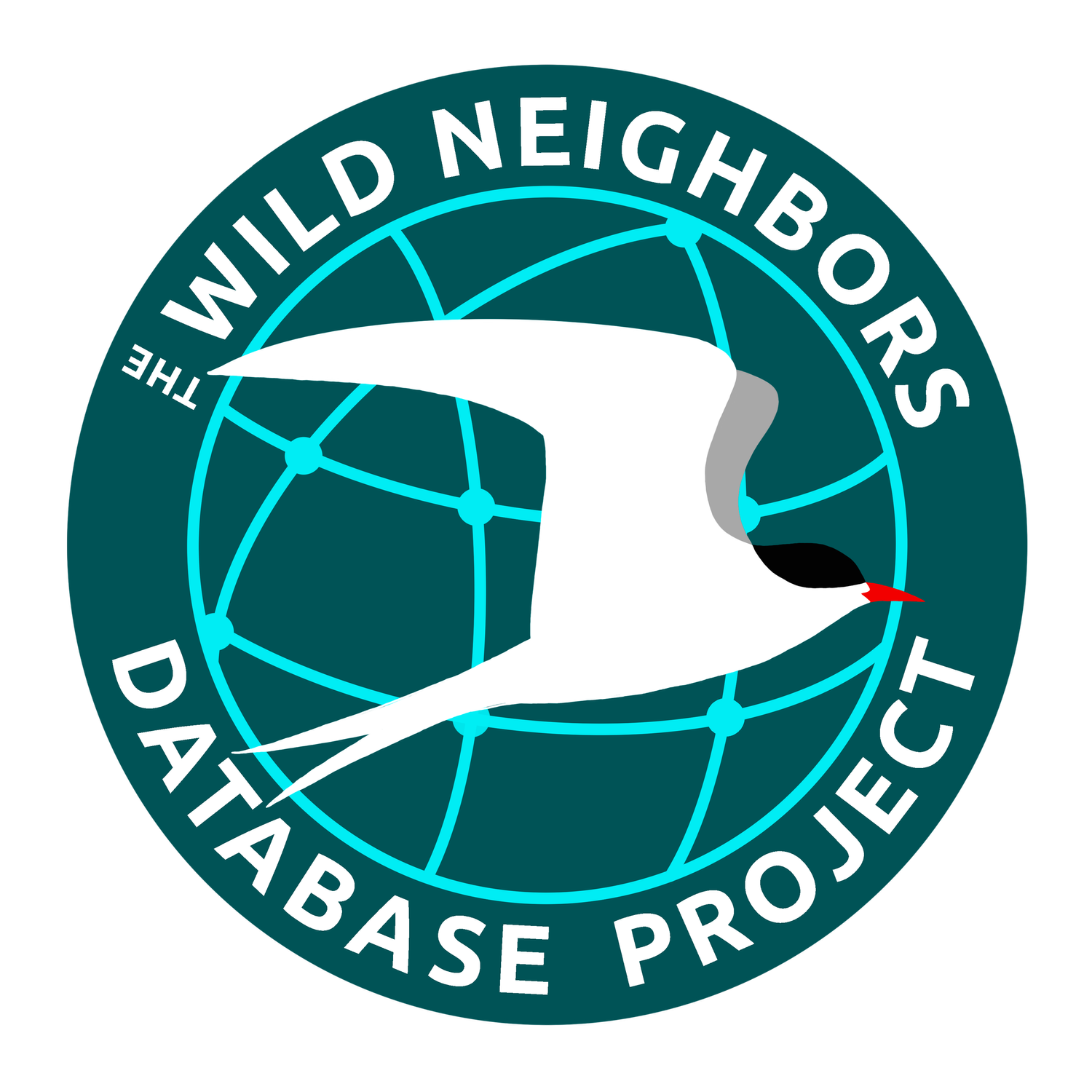The Varieties of the Mysterious Case Number
Sounds like the title to a Sherlock Holmes novel doesn't it?It has been almost four years since we began investigating the complexities of how wildlife rehabilitators keep and organize their records. Since that time we have seen and adapted many great ideas into Wildlife Rehabilitation MD. However the case number of our patients, which seems like such a simple thing, is in fact a thing that carries great contention. We have been semi-regularly asked how the case numbers are derived in Wildlife Rehabilitation MD and can the pattern be changed. These questions threw us off at first, because, (as we thought to ourselves) what other way would you do it?When Wildlife Rehabilitation MD was first created, there was hardly any time spent on how the case numbers should be derived. It seemed logical to go with the simplest method possible; assigning each years individuals their own unique case number, starting from 1. At the beginning of the next year, start over again from 1. So in essence the case numbers are 2014-1, 2014-2, ... and so on. And on January first of the next year the case numbers will be 2015-1, 2015-2, ...Besides this being a simple pattern there are also technical reasons for it. In the actual database, the case number is set to auto increment. This means that it automatically generates a unique numeric identity (case number) for each new row. This is a very basic and common behavior in a relational database. If we were to skip a case number or even delete a record, the database would generate the next case number incorrectly and leave a hole in the series. This very basic and common behavior of assigning each new record it's own unique integer is also perfectly suited for the case numbers of the patients the records are being created for.
Just A Few of the Case Number Patterns that We Have Seen
- One case number per patient unless the patients are related siblings in which case each sibling gets a letter appended to the case number.Ex: 1, 2, 3, 4-a, 4-b, 4-c, 5, 6, ...
- A case number for each individual bird and a case number for each individual mammal.Ex: bird-1, bird-2, mammal-1, mammal- 2, bird-3, ...
- Similar to the previous variety, one case number for each individual of some lay group such as raptor or songbird and then a case number sequence for everybody else. Ex: raptor-1, raptor-2, other-1, other-2, raptor-3, other-3, ....
- Not even giving a case number to anybody. Instead, just use the band placed on the animal as the case number.
We had no idea there was such a diversity of ways to use case numbers. Honestly, in some forms how can anybody keep track of what "number" is next? Though there are some good reasons behind these other ways, we feel why not keep it simple. Each animal that comes in gets a number sequentially to when it came in. You will always know how many animals you have what the next animal will be and with WRMD, you can search to easily figure out how many of each species or class came in. As for siblings, we are currently working on a way to link those together.Our goal is to keep everything as simple as possible. That is why we are sticking with this method of creating the case numbers and leaving the programmatic work to WRMD.
